January 30, 2016
Coworking goes mainstream + Sit stand working + Future for tech offices 0
 In this week’s Insight newsletter; Mark Eltringham analyses the impact of the sit-stand movement and suggests that the I-phone is a very isolating piece of equipment; Georgi Georgiev says remote work is no longer just a freelancer’s game; and Paul Goodchild explains why co-working is shaping office design more than you’d imagine. A new report outlines the key future property trends for TMT workplaces; parents are at greater risk of burn out as they strive for work life balance; fewer than one in ten (8 percent) of UK organisations currently have a standalone wellbeing strategy; the positive benefits of active work are revealed and the UK’s CEO’s worries about cyber-risks. Download the latest issue of Work&Place and access an Insight Briefing produced in partnership with Connection, which looks at agile working in the public sector. Visit our new events page, follow us on Twitter and join our LinkedIn Group to discuss these and other stories.
In this week’s Insight newsletter; Mark Eltringham analyses the impact of the sit-stand movement and suggests that the I-phone is a very isolating piece of equipment; Georgi Georgiev says remote work is no longer just a freelancer’s game; and Paul Goodchild explains why co-working is shaping office design more than you’d imagine. A new report outlines the key future property trends for TMT workplaces; parents are at greater risk of burn out as they strive for work life balance; fewer than one in ten (8 percent) of UK organisations currently have a standalone wellbeing strategy; the positive benefits of active work are revealed and the UK’s CEO’s worries about cyber-risks. Download the latest issue of Work&Place and access an Insight Briefing produced in partnership with Connection, which looks at agile working in the public sector. Visit our new events page, follow us on Twitter and join our LinkedIn Group to discuss these and other stories.




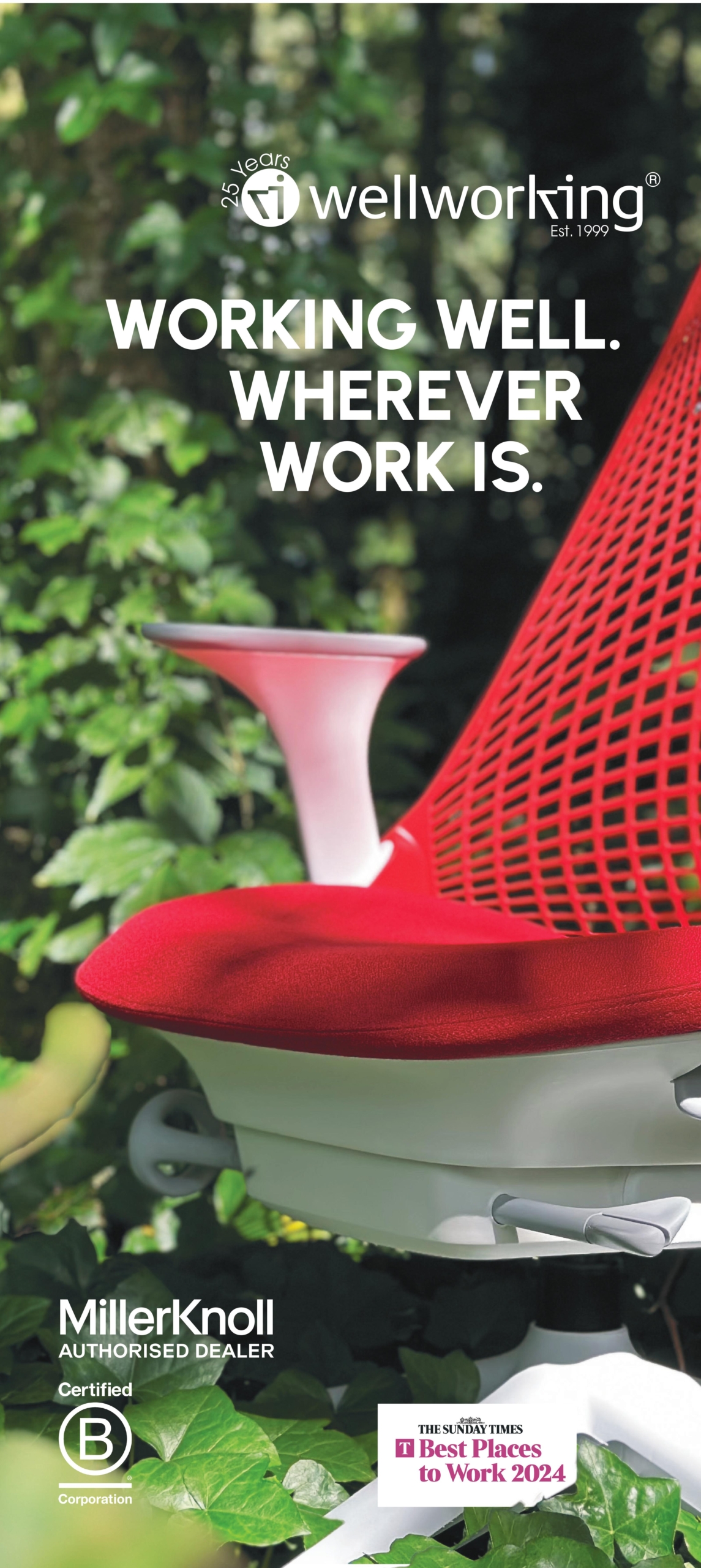

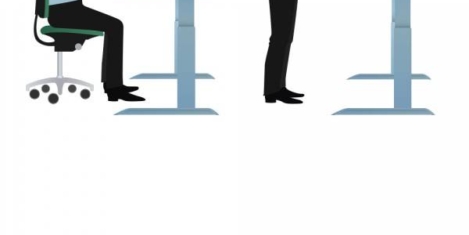
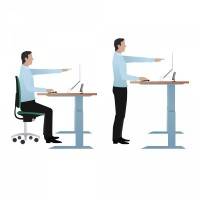 Lately I’ve seen many articles about sit stand workstations and references to Scandinavia where almost all of us employees have access to sit stand workstations. It is true that most of the Scandinavian employees have access to sit stand workstations and in for example in Denmark employers are required by law to provide sit stand workstations to the employees, but this does unfortunately not automatically mean that the Scandinavian employees actually stand by the workstations. Even though most of us actually know that sitting is bad for our health, wellbeing and even our performance, we tend to sit most of the time while working. It is mostly about us being used to sit while working. It is a habitual behaviour and instead we need to get new habits of standing and moving at work. Change management is needed.
Lately I’ve seen many articles about sit stand workstations and references to Scandinavia where almost all of us employees have access to sit stand workstations. It is true that most of the Scandinavian employees have access to sit stand workstations and in for example in Denmark employers are required by law to provide sit stand workstations to the employees, but this does unfortunately not automatically mean that the Scandinavian employees actually stand by the workstations. Even though most of us actually know that sitting is bad for our health, wellbeing and even our performance, we tend to sit most of the time while working. It is mostly about us being used to sit while working. It is a habitual behaviour and instead we need to get new habits of standing and moving at work. Change management is needed.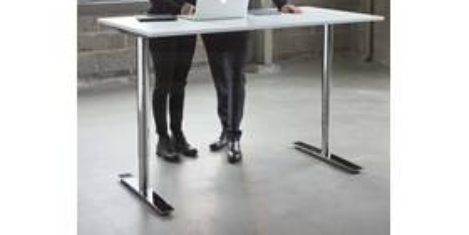
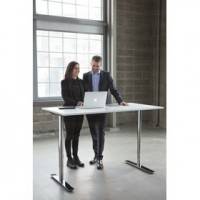
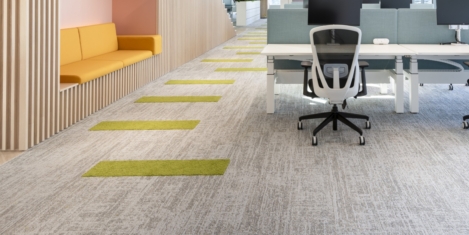
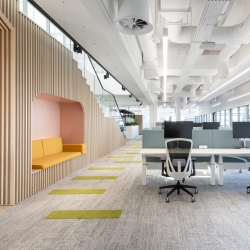
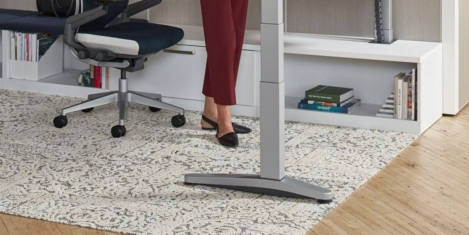
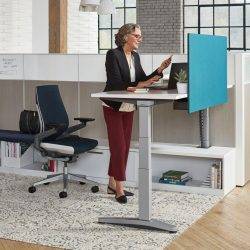
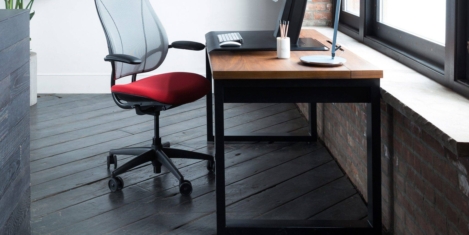
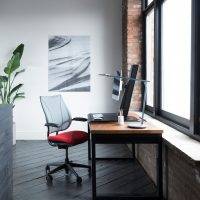
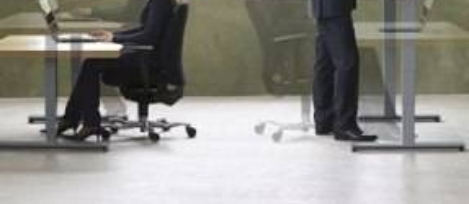
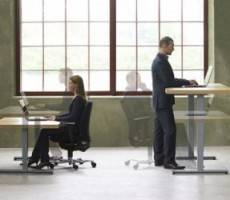
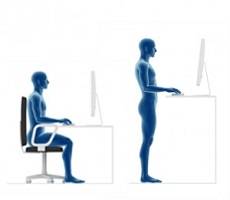



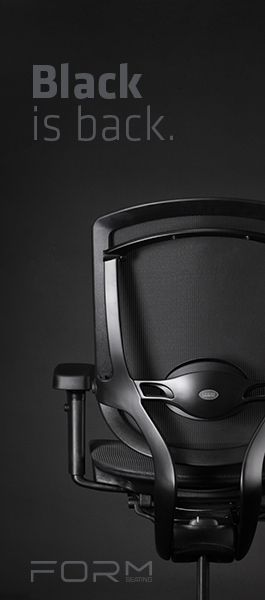



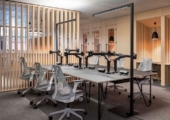



January 20, 2017
The facts about sit stand work are already lost in the stream of narrative 0
by Mark Eltringham • Comment, Knowledge, Wellbeing, Workplace design
More →